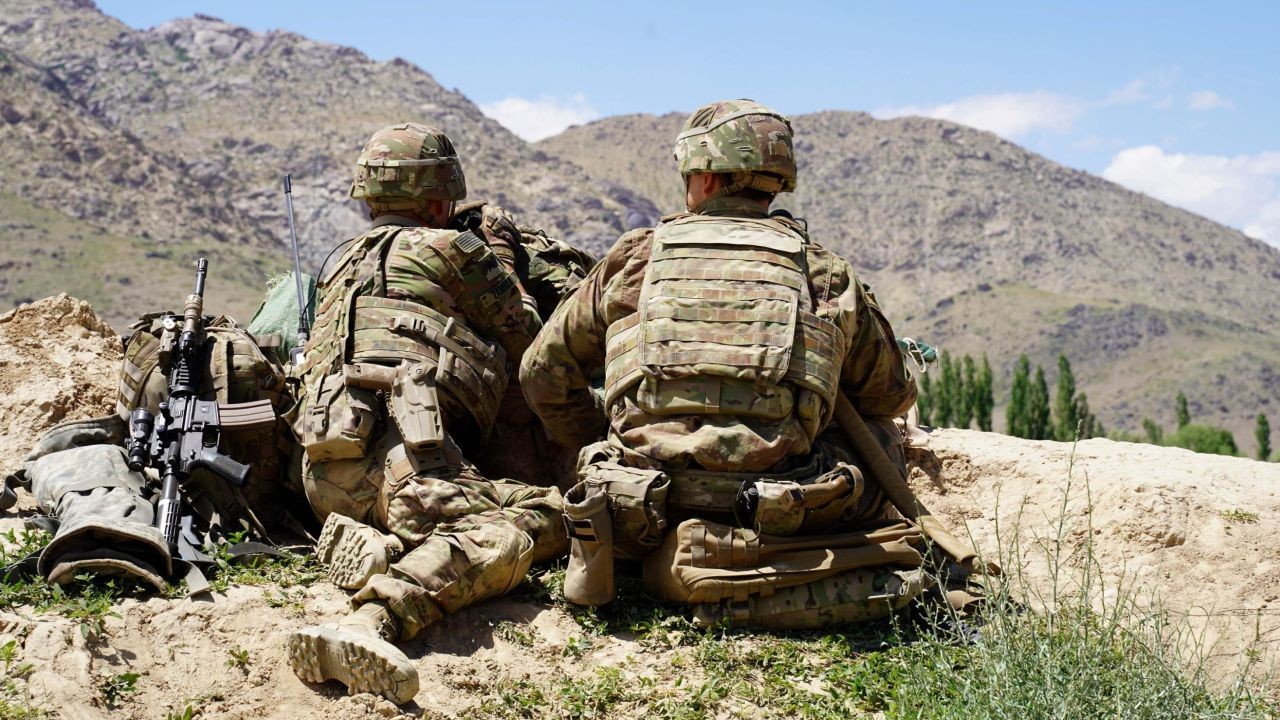
A major investigation has revealed that Russia's military intelligence agency (GRU) operated a sophisticated payment scheme offering Taliban fighters up to $200,000 for each successful attack on US and coalition forces in Afghanistan between 2016-2019.
The joint investigation by The Insider and Der Spiegel uncovered that the GRU channeled an estimated $30 million through an intricate network of Afghan couriers disguised as a gemstone trading operation.
At the center of the scheme was Afghan operative Rahmatullah Azizi, who was reportedly recruited by the GRU's Unit 29155 in 2015. Azizi managed a front company dealing in diamonds while distributing funds to Taliban-linked groups. In 2019, he relocated to Moscow using a Russian passport with numbering consistent with other known GRU operatives.
The operation was allegedly overseen by GRU Lieutenant General Ivan Kasyanenko, who frequently traveled between Moscow and Kabul from 2014 to 2020. Colonel Alexey Arkhipov served as the main contact point with Taliban forces, according to intercepted communications.
Another key figure identified was Par Khan Gul Zafar, who worked under Arkhipov to manage courier networks and coordinate operative movements across Russia, Afghanistan and neighboring nations.
The investigation found that after completing assigned attacks, the Afghan couriers received Russian documentation and sanctuary within Russia. The payment scheme operated through ARIGS Ltd, Azizi's Moscow-based diamond trading company, which coordinated with a parallel family-run business in Kabul.
While earlier reports in 2020 by The New York Times had indicated GRU-Taliban financial links, this latest investigation provides extensive details about the payment program's structure and key personnel involved.
The revelations come as Russia's parliament has recently considered legislation to remove the Taliban from its list of terrorist organizations, despite the group's documented history of violence against coalition forces.
Afghan and US government investigations into these activities faced multiple obstacles, with some Afghan officials allegedly impeding inquiries and US authorities showing reluctance to publicly acknowledge the program's existence.